Bolivian people eat fresh, seasonal produce and usually serve a range of colors on their plate, because colorful vegetables tend to be more nutritious, naturally low in calories and rich in vitamins, minerals and fiber.
So is Bolivian food healthy? Although no cuisine is 100% healthy, Bolivian food is healthy since there are a variety of soups, fresh fish and vegetable dishes in Bolivian cuisine. Knowledge of typical Bolivian ingredients will help you make smart choices.
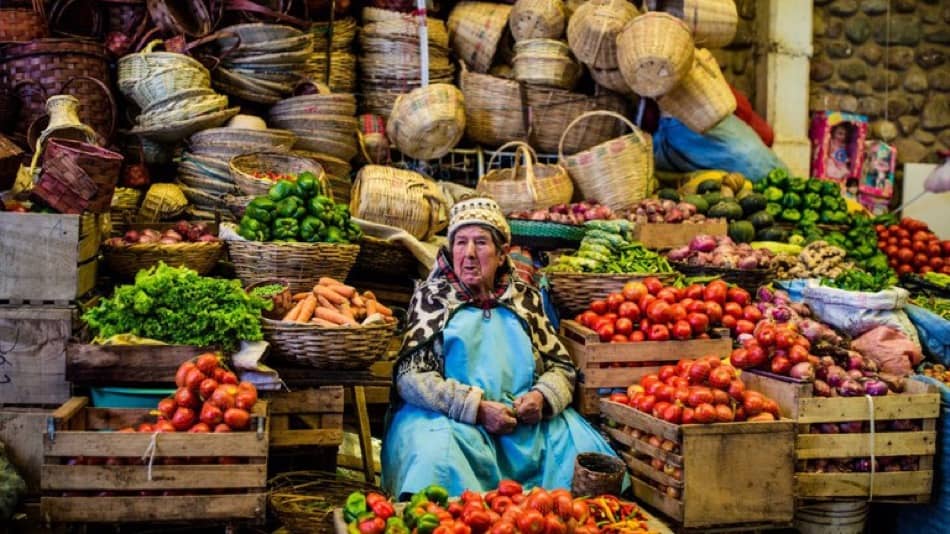
The huge biodiversity in Bolivia ensures fresh, nutritious food in almost every region of the country. Just don’t eat too many Salteñas 🙂
Here’s the typical calorie count of popular Bolivian dishes:
| Bolivian Dishes | Calories |
| Bolivian Quinoa Stew | 305 |
| Grilled Pejerrey (100 gms) | 105 |
| Chicken Escabeche | 270 |
| Plato Paceño | 125 |
| Tomato Saice | 180 |
| Salteña (1) | 225 |
Contents
Why Bolivian Food is Healthy
Bolivian cuisine is based on corn, beans and chili. All three ingredients add complete protein. It contains the necessary amino acids, large amounts of fiber, vitamins and minerals.
Chili has its upside, besides the taste. This ingredient provides a lot of vitamin C and also has a lot of antioxidants. This sauce also includes all the vitamins of onion and tomato. It is known that for the iron in the beans to be well absorbed, it needs to be combined with vitamin C, so voila!
Cocoa: the food of the gods
Currently, Bolivia is recognized as the world’s largest producer of organic cocoa.
The Western world’s first contact with cocoa dates back to 1502, when Christopher Columbus, on his fourth voyage to the West Indies, landed on the island of Guanaja off the coast of Honduras in the Caribbean. In 1519, with the arrival of Hernán Cortés in Mexico, the Spanish were amazed by the splendor of Tenochtitlan, larger than any European city at the time.
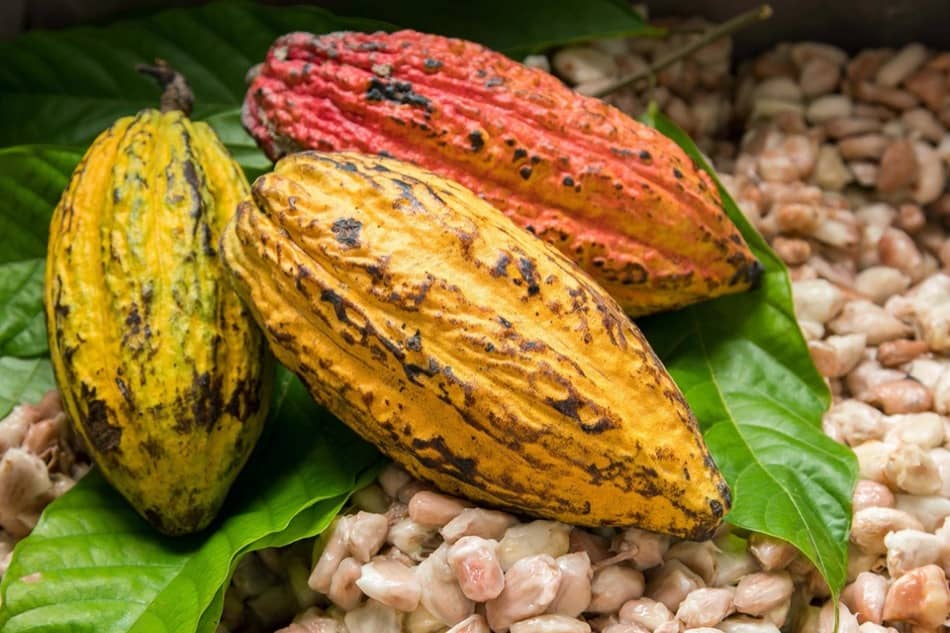
One of the things that most caught the Spaniards’ attention was that Moctezuma’s coffers had no gold, but rather cocoa beans. Gold was used for aesthetic reasons, not economic ones. The emperor Moctezuma received him as a deity and offered him in a gold glass, the most exquisite drink of the Aztecs.
Presumably Hernán Cortés appreciated the gold glass more than the drink, which at that time must not have tasted very pleasant since it was a mixture of cocoa with ground corn, pepper, various spices and natural aphrodisiacs. Cocoa was to the Aztecs what gold was to the Spaniards.
Cacao has a higher concentration of antioxidants than any food on the planet. These antioxidants are polyphenols, catechins and epicothecins. That’s why it has many more antioxidants than red wine, blueberries, pomegranates and goji berries combined. Antioxidants protect us against age-related diseases by creating a shield that protects our DNA from free radical damage.
Cocoa appears to be the most magnesium-rich food on the planet. Studies show that 80% of people are deficient in magnesium and cocoa has enough magnesium to reverse this deficiency.
Soups & Stews
Typically, Bolivian soups are full of flavor and have a base of Quinoa, wheat, beans and vegetables. Bolivian gastronomy offers a diversity of stews and soups that are very desirable and especially important during the winter.
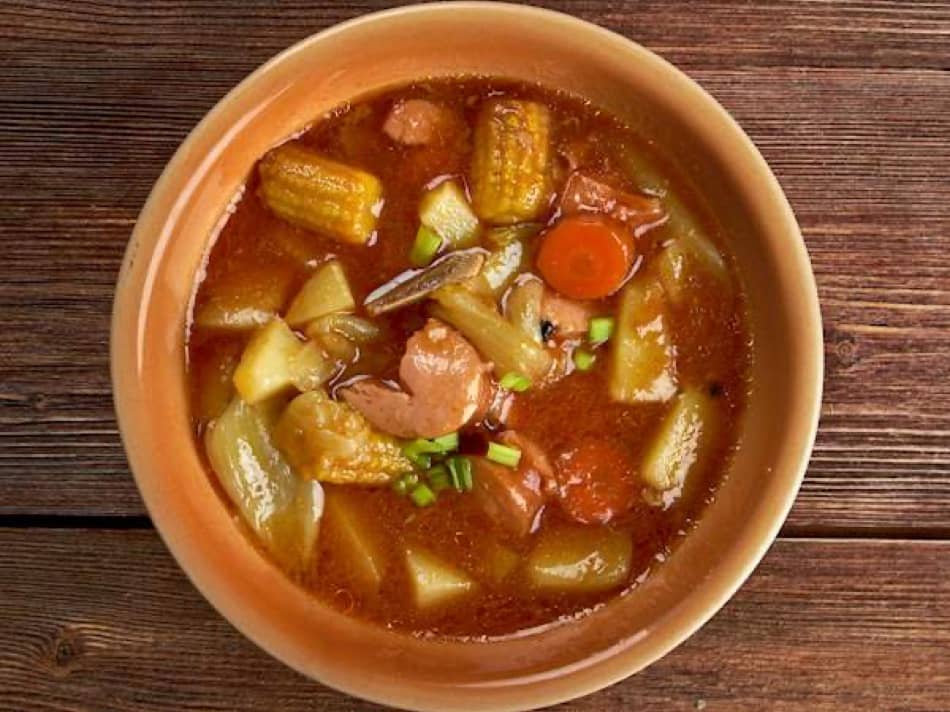
Here are some of the healthy soups and stews:
- Peanut Stew: containing peas, meat, ground peanuts, carrots, onions and tomatoes.
- Chairo: containing chuño, corn, beef, lamb, wheat, beans, onions and tomatoes.
- Ulluco Soup: containing papalisa, potatoes and beef.
- Quinoa Soup: containing quinoa, lamb, potatoes, peas, beans and onions.
- Pumpkin Stew: containing pumpkin, chicken, potatoes and carrots.
Fish
Pejerrey is the most popular fish eaten in Bolivia since it’s available in abundance in Lake Titicaca. In general, it’s breaded and fried or grilled and served with potatoes and vegetables.
Trout (locally called trucha) is also a popular fish. The trout is either pink or white. Trout may be boiled, grilled or cooked in an oven.
Ispi is a small fish available in Lake Titicaca and is generally deep fried and served in a bunch like French fries.
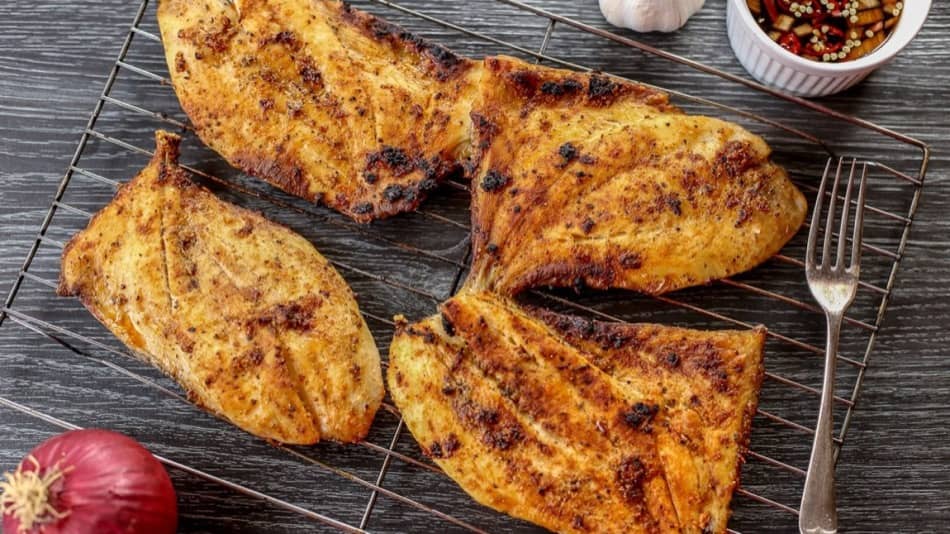
Chicken
Chicken escabeche is the most popular chicken dish in Bolivia. It’s made in a sauce containing carrots, green peppers, cauliflower and onions.
A spicier dish (if you’re into that) is called Sajita de pollo. The sauce is made with yellow chillies (aji) and peas.
Historically, great cultures such as the Incas, Aztecs and the Mayans had a diet full of nutrients, complete proteins, healthy carbohydrates and an extraordinary amount of antioxidants, vitamins and minerals. In addition to the splendor of these traditional cultures, there is a rich culinary culture.
Here are some more posts about food in Bolivia:
Bolivian Food – The Most Popular Dishes You HAVE To Try
16 Best Bolivian Restaurants in La Paz
Street Food in La Paz, Bolivia
The 18 Best Restaurants in Santa Cruz
Where To Eat in Sucre, Bolivia
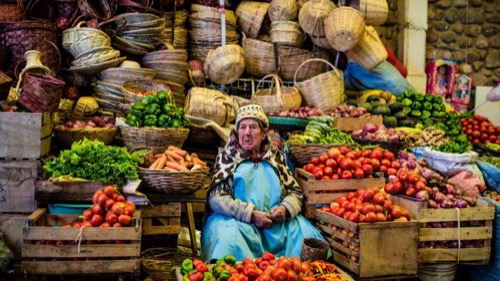

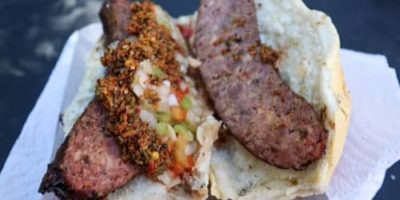
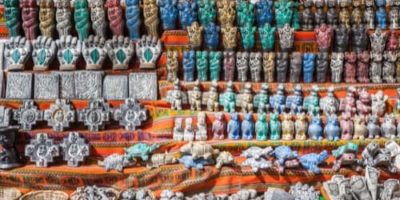




















Leave a Reply
You must be logged in to post a comment.